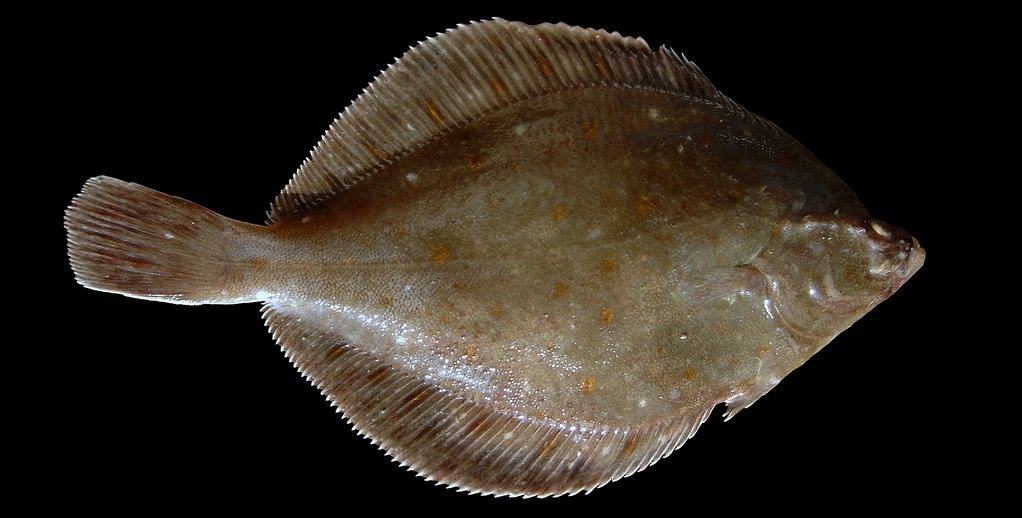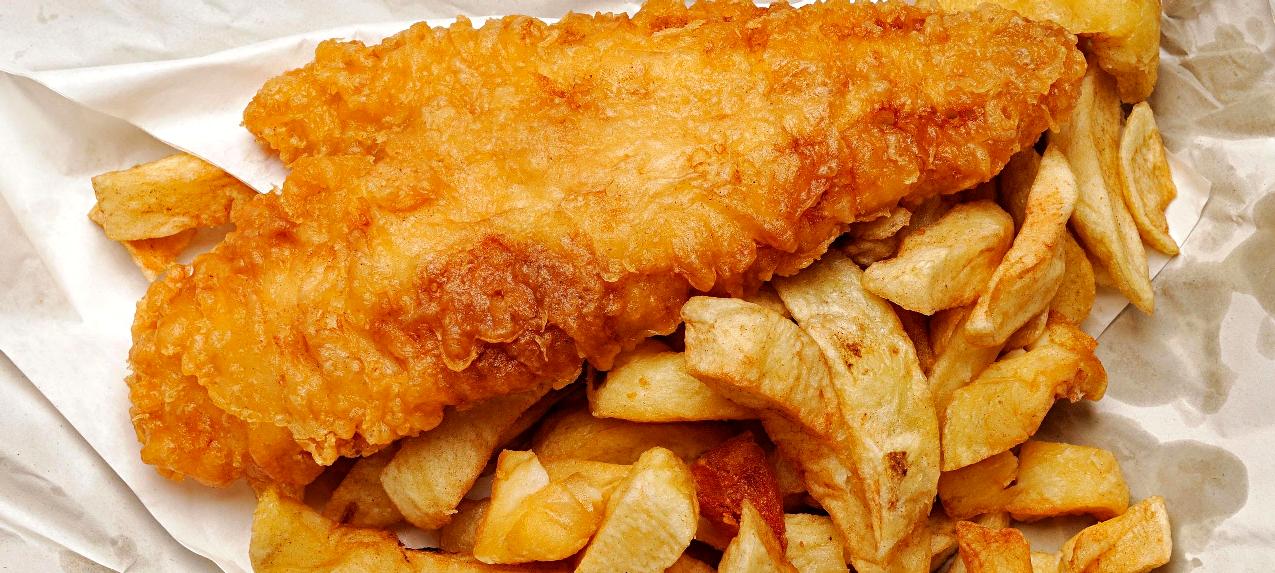|
PLAICE
ABOUT -
HOME - WHALING - A-Z INDEX
Anchovies
| Bass
| Bream
| Catfish
| Clams
| Cod
Coley
| Crabs
| Crayfish
| Eels
| Grouper
| Haddock
| Hake
| Halibut
| Herring
| Jellyfish
Krill
| Lobster
| Mackerel
| Marlin
| Monkfish
| Mullet
| Mussels
| Oysters
| Perch
| Piranha | Plaice
| Pollock
| Prawns
| Rays
| Sablefish
| Salmon
Sardines
| Scallops
| Sharks
| Shrimp
| Skate
| Sole
| Sprat
| Squid
| Sturgeon
| Swordfish
| Trout
| Tuna
| Turbot
| Whiting

FLATFISH
- Something of an evolutionary enigma, that a fish should
evolve to such an extent as a bottom dweller that the eyes
have migrated. The process is though not complete in that
there is not total uniformity as yet.
In
an effort to feed a
growing population we should look at
alternatives lower down the food chain to increase the ratio
at which protein is harvested from the ocean, so bypassing the
conventional food chain where at each stage of consumption
there are significant losses in the conversion process. Jellyfish,
squid, krill
and filter feeders such a mussels could play a part in filling the widening gap between falling
fish stocks and higher demand to feed humans - so
relieving the pressure on tuna, salmon and other popular white
fish.
ABOUT
PLAICE
Plaice is a common name for a group of flatfish that comprises four species: the European, American, Alaskan and scale-eye plaice.
Commercially, the most important plaice is the European. The principal commercial flatfish in
Europe, it is also widely fished recreationally, has potential as an aquaculture species, and is kept as an aquarium fish. Also commercially important is the American plaice.
Plaice, along with the other major demersal fish in the North Sea such as cod, monkfish and sole, is listed by the ICES as "outside safe biological limits." Moreover, they are growing less quickly now and are rarely older than six years, whereas they can reach forty. The World Wide Fund for Nature says that in 2006 "of the eight plaice stocks recognised by ICES, only one is considered to be harvested sustainably while three are overexploited. Data is insufficient to assess the remaining stocks; however, landings for all stocks are at or near historical lows."
EUROPEAN PLAICE
The European plaice (Pleuronectes platessa) is a right-eyed flounder belonging to the Pleuronectidae family. They are a commercially important flatfish which lives on the sandy bottoms of the European shelf. They range geographically from the Barents Sea to the Mediterranean. European plaice are characterised by their smooth brown skin, with distinctive red spots and bony ridge behind the eyes. They feed on polychaetes, crustaceans and bivalves and can be found at depths up to 200 metres. At night they move into shallow waters to feed, and during the day they bury themselves in the sand. Their maximum recorded length is 100 cm (39.4 inches), and maximum reported age 50 years.
Together with sole, European plaice form a group of flatfish that are the most important flatfish in Europe. European plaice have been fished from the
North Sea for hundreds of years. They are usually fished from beam trawlers, otter trawlers or seiners. In the Celtic Sea the plaice species is considered overfished.
AMERICAN PLAICE
Like the European plaice, the American plaice is a right eyed flatfish belonging to the Pleuronectidae family. American plaice are an Atlantic species, which range from southern Labrador to Rhode Island. They are also found in Europe, where they are called rough dab or long rough dab. They spawn in the Gulf of Maine, with peak activity in April and May. They are brown or reddish, and are generally smaller than European plaice, with a rougher skin and larger scales. Their maximum recorded length is 82.6 cm (32.5 inches), and maximum reported age 30 years. They are usually found between depths of 90 metres and 250 metres, on sandy bottoms with temperatures between -0.5 and 2.5 °C. They feed on small fishes and invertebrates.
The species is considered by the Northwest Atlantic Fisheries Organization to be overfished, with no signs of recovery. Though they are also currently endangered in
Canada due to overfishing, the Canadian government believes the species is abundant. Plaice is the second-most caught flatfish in Canada, accounting for 50 percent of all flatfish caught.
American plaice may be an intermediate host for the nematode parasite Otostrongylus circumlitis, which is a lungworm of seals, primarily affecting animals less than 1 year of age.
ALASKAN PLAICE
Alaska plaice can live for up to 30 years and grow to 60 centimetres (24 inches) long, but most that get caught are only seven or eight years old, and about 30 cm (12 in).
Most commercial fisheries do not target Alaska plaice, but many are caught as bycatch by commercial trawlers trying to catch other bottom fish. Thus, many Alaska plaice get caught anyway - so much so that, for example, the 2005 total allowable catch in the Bering Sea and Aleutian Islands management area (BSAI) was reached before the end of May of that year.

LINKS
& REFERENCE
https://

MARINE
LIFE - This humpback whale is one example of a magnificent
animal that is at the mercy of human
activity. Humans are for the most part unaware of the harm their fast-lane
lifestyles are causing. We aim to change that by doing all we
can to promote ocean
literacy.
Anchovies
| Bass
| Bream
| Catfish
| Clams
| Cod
Coley
| Crabs
| Crayfish
| Eels
| Grouper
| Haddock
| Hake
| Halibut
| Herring
| Jellyfish
Krill
| Lobster
| Mackerel
| Marlin
| Monkfish
| Mullet
| Mussels
| Oysters
| Perch
| Plaice
| Pollock
| Prawns
| Rays
| Sablefish
| Salmon
Sardines
| Scallops
| Sharks
| Shrimp
| Skate
| Sole
| Sprat
| Squid
| Sturgeon
| Swordfish
| Trout
| Tuna
| Turbot
| Whiting
This
website is provided on a free basis as a public information
service. Copyright © Cleaner
Oceans Foundation Ltd (COFL) (Company No: 4674774)
2022. Solar
Studios, BN271RF, United Kingdom.
COFL
is a charity without share capital.
|


